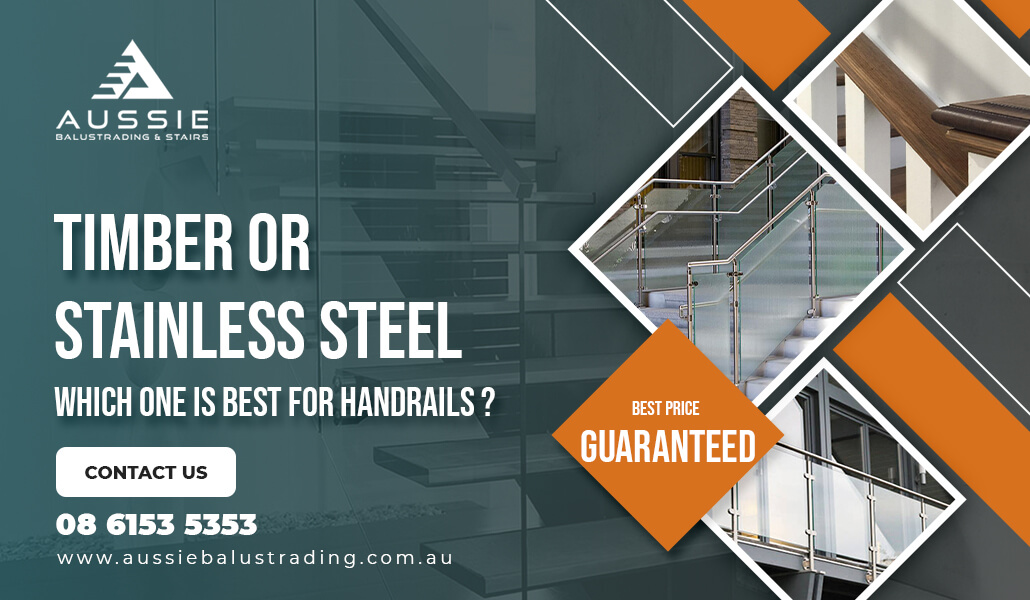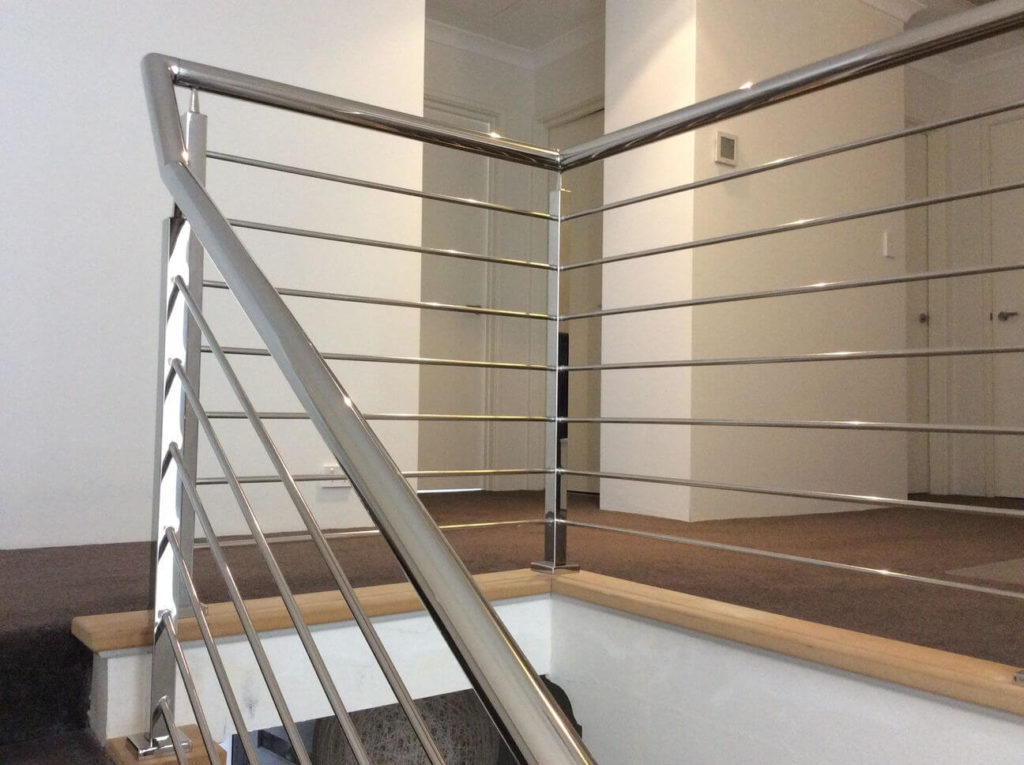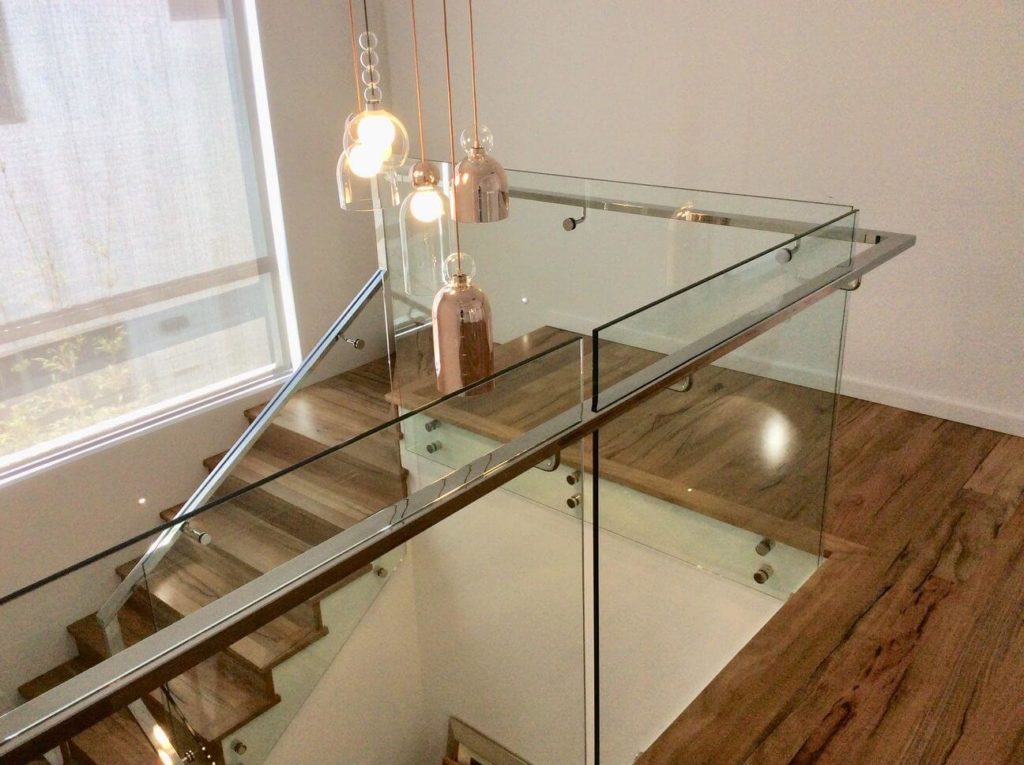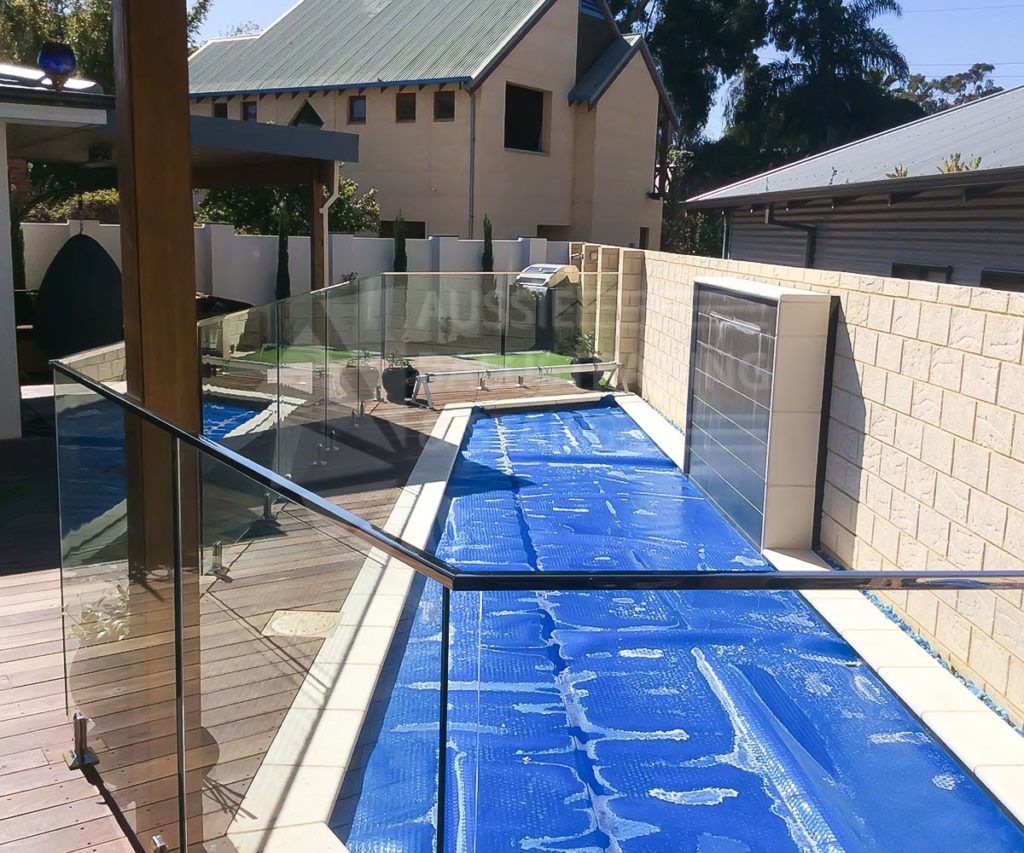If you’re planning to install or revamp handrails for your property, then you may be thinking about what material would be the best option. Some factors to think about are functionality, price, and durability. The two most popular options to consider are timber and stainless steel. The fact is that both materials come with their own benefits and challenges.
It’s not really about there being only one correct choice—it’s more about knowing the differences so you can pick which one matches your preferences. With this, here is a quick rundown of the two materials.
Advantages of Timber Handrails
When you think about timber handrails, you immediately imagine classic, rustic homes. The main reason most people pick timber is because of its aesthetic value. It can look sophisticated and warm at the same time while providing a timeless look that doesn’t feel dated.
Timber handrails also last longer if you pick a good wood type, and the prices are variable depending on whether you source out native wood or import them. Cleaning and maintenance are quite simple, though any exterior handrails will need to be varnished to help protect the material from external elements and weather.
Another advantage to timber is that it is a very lightweight option. This makes the installation process more manageable and deals less stress on existing structures.
Challenges with Timber Handrails
Timber is not without its pitfalls, though. For starters, it does require consistent upkeep to ensure that they do not fall victim to moisture and pests.
Cheaper wood like pine can also be problematic when it comes to durability in the long run. You’ll find that scratches and warping are issues that you will need to keep an eye out for.
These issues are especially important if you are using handrails for safety purposes. You don’t want warping to make them unreliable. Pricier oaks and maples are more resistant to these issues, though you will still need to make sure they meet grip needs and guidelines for your usage.
Advantages of Stainless Steel Handrails
The universal appeal of stainless steel is that it comes with fewer aesthetic requirements. In other words, stainless steel is a versatile and modern material that pairs well with any number of styles.
It doesn’t need to be oiled or varnished to last, and cleaning and maintenance are basically just wiping it down with a damp cloth and drying it. A simple seal will also keep it good to go for years to come.
In terms of functionality, stainless steel handrails are also very durable. They can withstand a lot of trauma and will likely be stable throughout a long period regardless of their indoor or outdoor placement. Stainless steel also tends to have a longer lifespan than other variants.
Challenges with Stainless Steel Handrails
In terms of safety, the problem with stainless steel is the possible lack of friction needed for gripping. Though it is very usable when installed horizontally, vertical placement may prove challenging with high moisture. This issue can usually be combatted by using powder coating.
Certain plating also doesn’t look quite as aesthetically pleasing, so it can sometimes stand out in a jarring way if you don’t pair it right with the interior design.
You also need to make sure that you don’t expose it too long to chemicals, heat, and moisture. Even if it’s resistant to corrosion, it doesn’t mean it’s completely safe from rust.
Conclusion
Timber and stainless steel are both versatile materials that have their respective pros and cons. The decision ultimately comes down to the look you want and the safety measures you need to take.
Aussie Balustrading is the premier source for stainless steel handrails in Perth. Contact us to request a quote!




